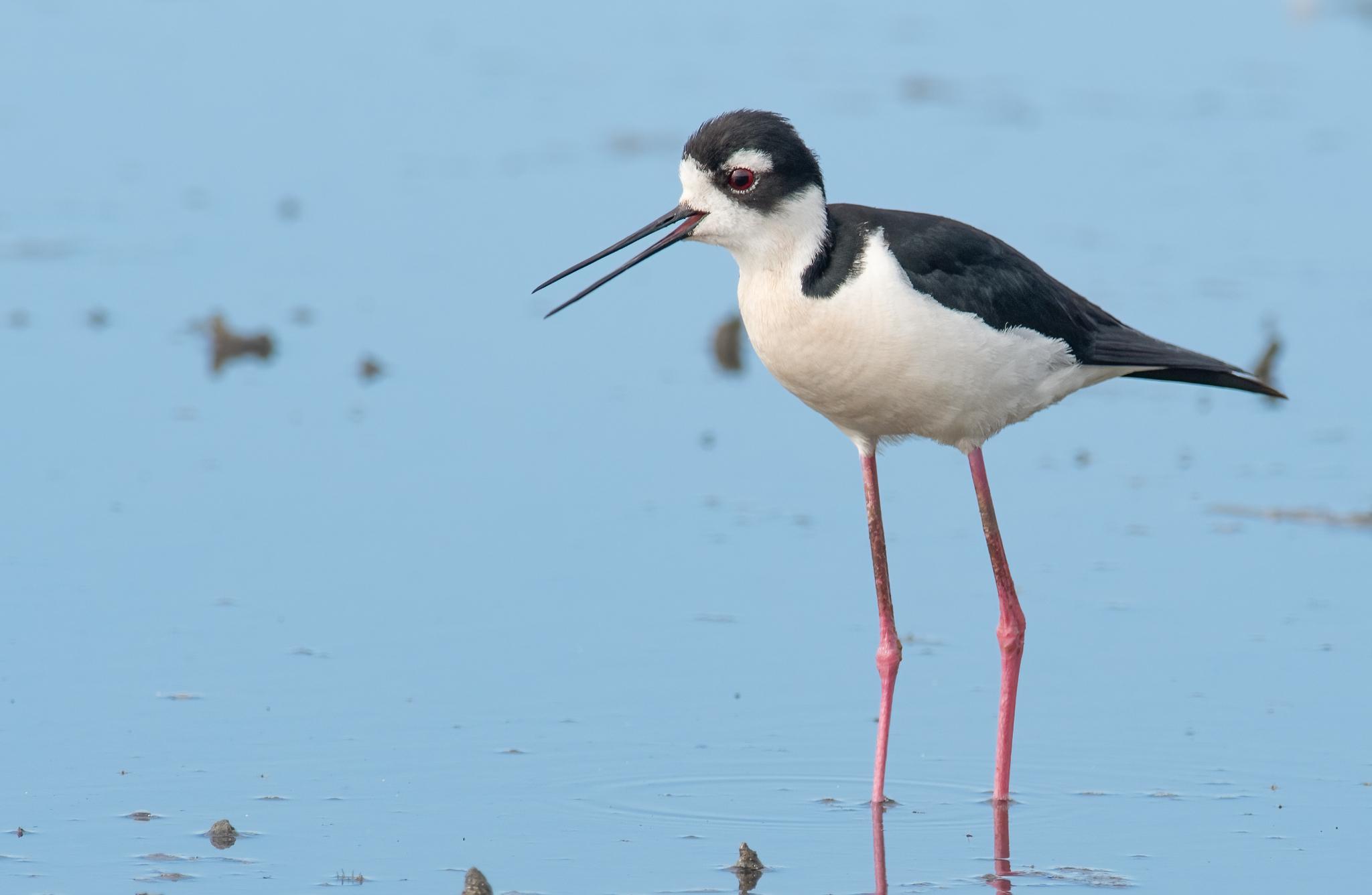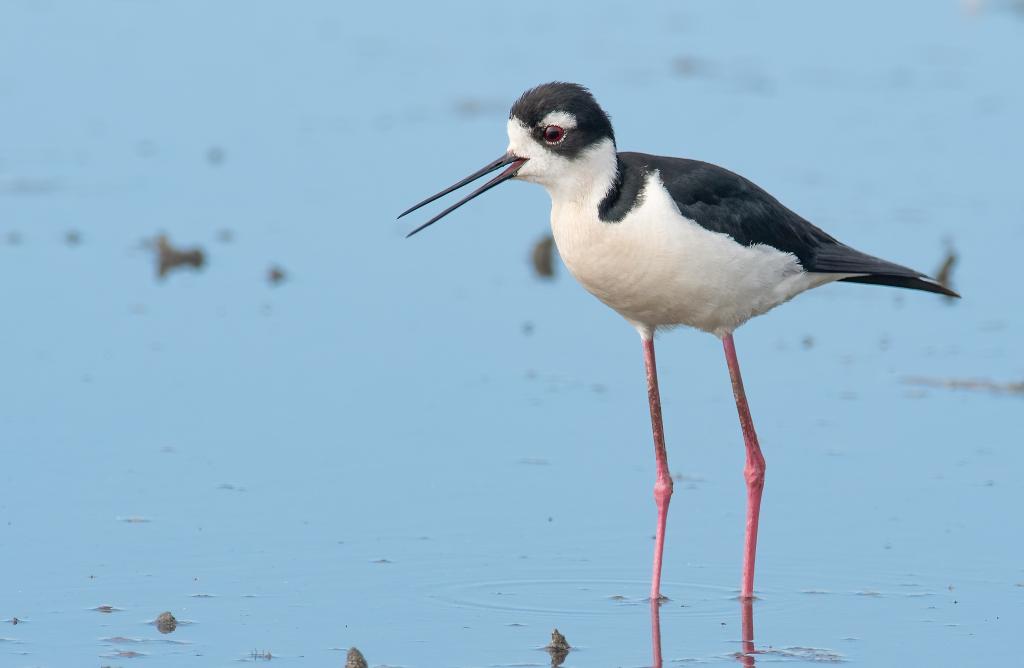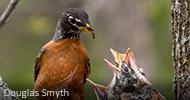Black-necked Stilts aggressively defend their eggs and chicks through loud calls, distracting predators by feigning injury and mobbing predators as a group.


Change media quality
Change image quality to reduce page loading times
 Black-necked Stilt
Black-necked Stilt
The Black-necked Stilt is most abundant in natural and man-made wetlands from the southern United States to southern South America, but in recent decades its range has expanded north into the Canadian Prairies. While many populations of this species are resident, those breeding in Canada and the United States migrate to Mexico and Central America for the winter. There are approximately 9,700 individuals in Canada, which represents just over 1% of the global population and a low degree of responsibility for Canada. The Canadian population of Black-necked Stilt has shown a large increase relative to 1970. Confidence in this assessment is very high because although precision in the Breeding Bird Survey trend estimate is low, coverage is good and the magnitude of the increase is large enough to have certainty in the status. The national population of Black-necked Stilt is within its goal range.






The best source of information on the population status of Black-necked Stilt is the Breeding Bird Survey (BBS). Although this species is only found on a relatively small number of BBS routes, they representatively sample the Canadian population. BBS data indicate a large long-term increase in abundance since the early 1970s, with much of the change occurring within the past decade. The continental BBS has shown a moderate increase in numbers, suggesting that the population growth is not limited to Canadian-breeding birds.
The goal for Black-necked Stilt is to remain at or above its recent population level, based on the Breeding Bird Survey. Trend data show that Black-necked Stilt is currently within its goal range.
| Designation | Geographic Area | Status | CITATION |
|---|---|---|---|
| IUCN | Global | Least Concern | |
| Wild Species | Canada | Apparently secure |
Black-necked Stilts aggressively defend their eggs and chicks through loud calls, distracting predators by feigning injury and mobbing predators as a group.
Black-necked Stilt is primarily reported between April and October in Canada, as it migrates south in the nonbreeding season.






